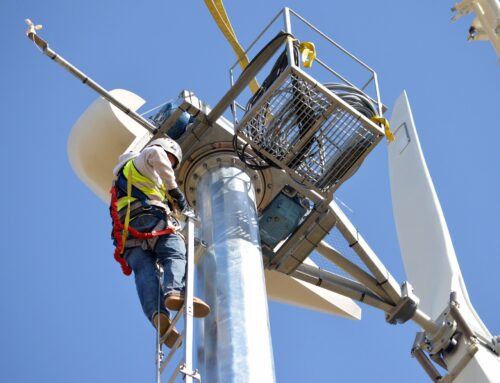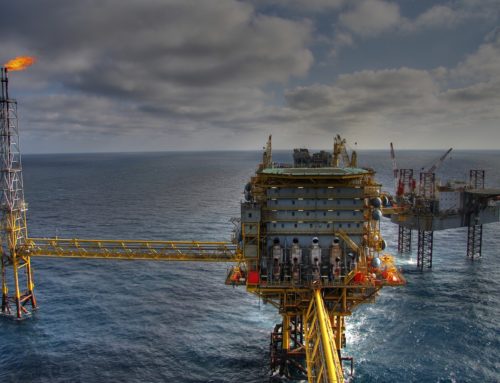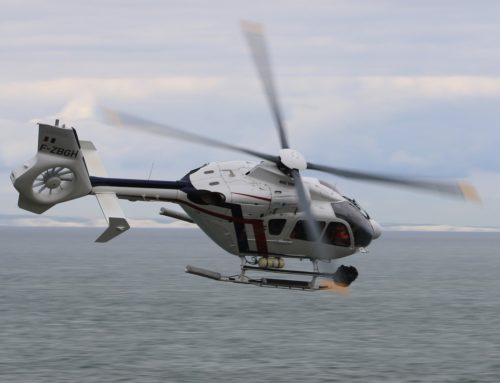Carbon fibers serve as a building block of fiberglass, a material used in many different structures from aerospace vessels, to wind turbine blades, to sports equipment. First created in the 1950s, carbon fibers act as a popular material in the aerospace industry because they weigh significantly less than titanium or aluminum and reduce fuel costs during operation. Carbon fibers continue to gain popularity because the material offers a considerable strength-to-weight ratio and a stiff composition which lends itself to structures like wind turbine blades that must stand up to high winds and other elements.
Because a carbon fiber can measure less than 0.005mm in diameter, visual inspection is not an option. Carbon fibers are evaluated to ensure that the composition of the fibers throughout a space is evenly distributed and undamaged, that the weight has stayed consistent, and that no misalignment or gaps exist in the material. Defects can be categorized as flaws in manufacturing and flaws from use. Manufacturing defects consist of fiber misalignment, wrinkles, delamination, poor curing, and insufficient fiber volume. Defects that occur from use include fatigue, cracks, abrasion, erosion, UV damage, fiber fracturing, and other related flaws.
Since carbon fibers conduct electricity, though they are less conductive than metals, Eddy Current Testing can be used to detect defects in materials that contain carbon fibers. Ultrasonic testing and radiography are also employed in the inspection of composite materials to offer inspectors an internal view of a structure like an aircraft wing. Nondestructive testing professionals also test and employ innovative nondestructive testing like shearography, a testing method which uses a laser light to detect tiny alterations in surface deformation, when inspecting materials that contain carbon fibers in order to ensure safety and structural integrity.








Leave A Comment